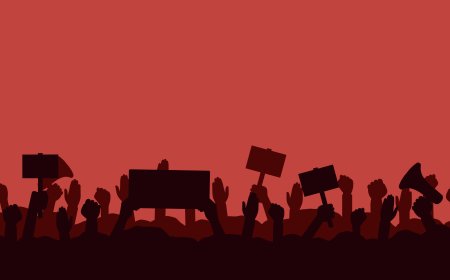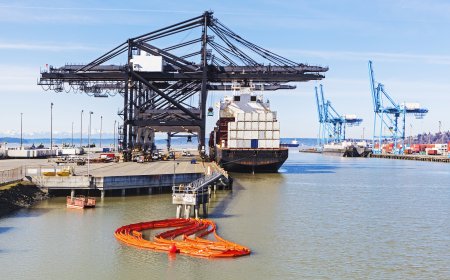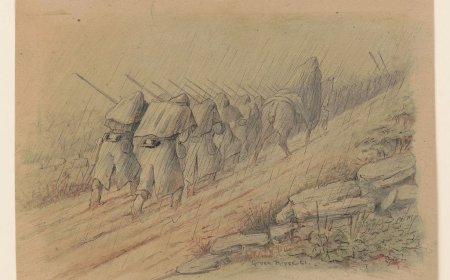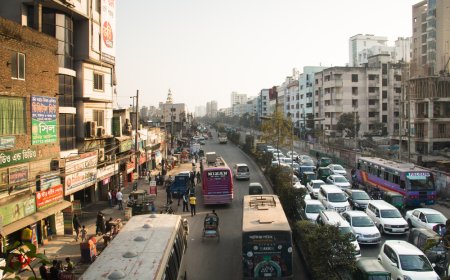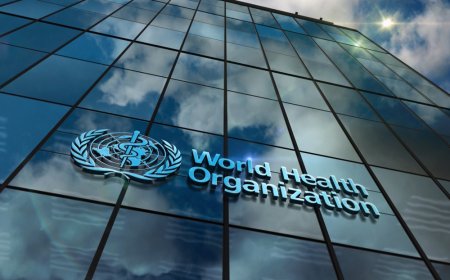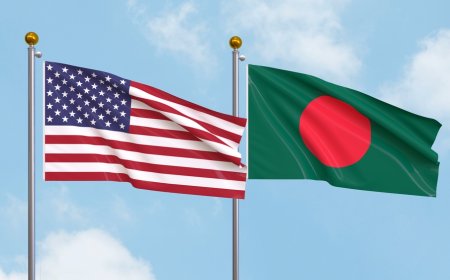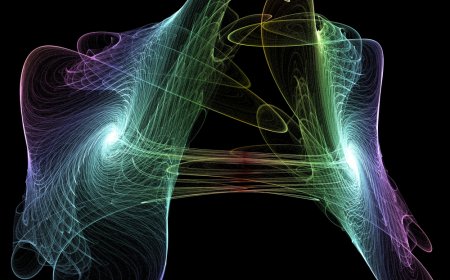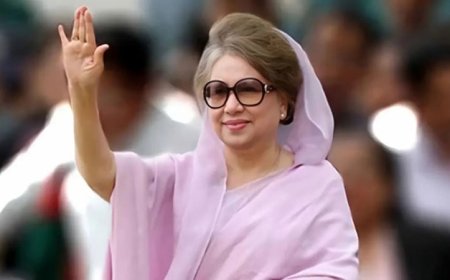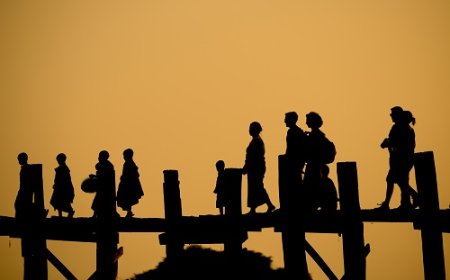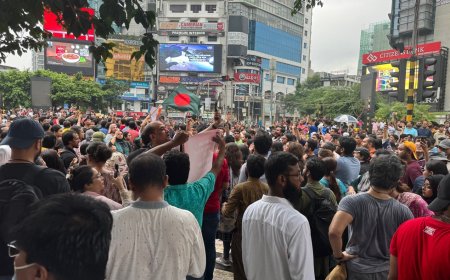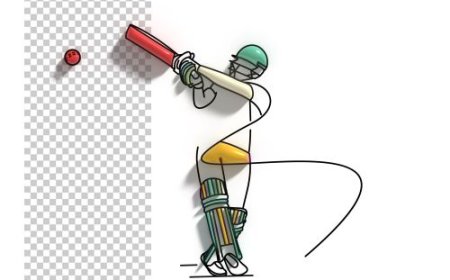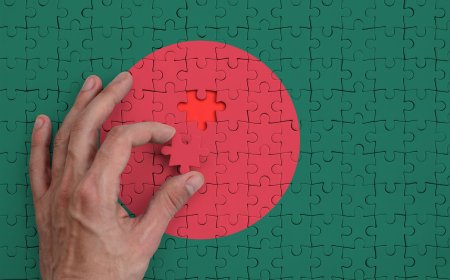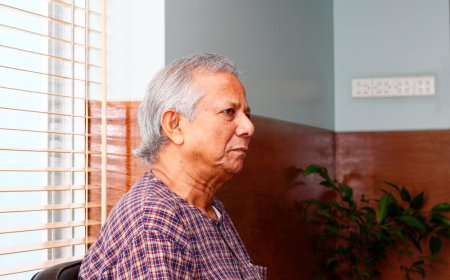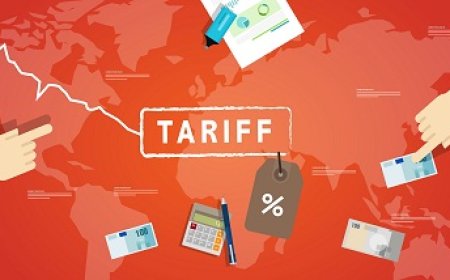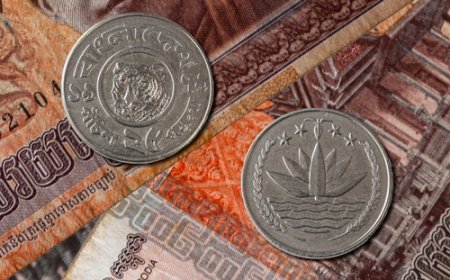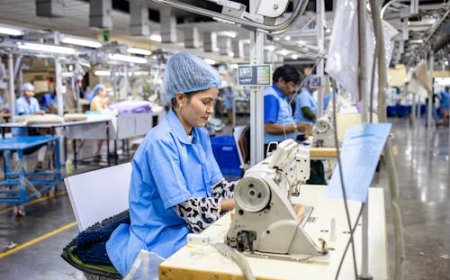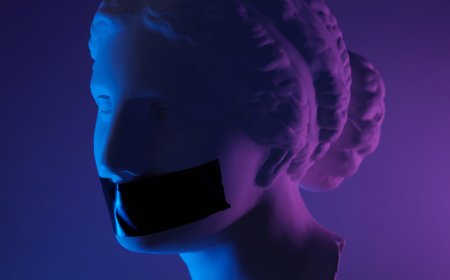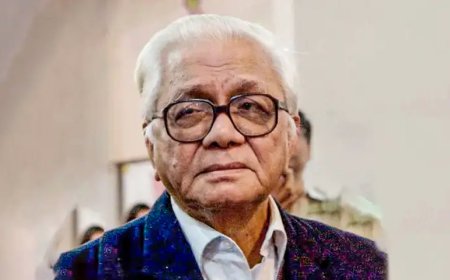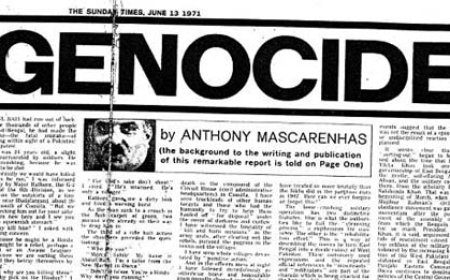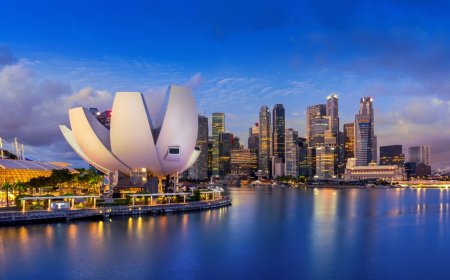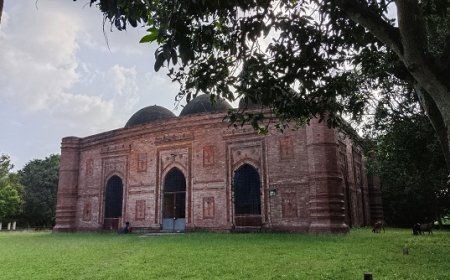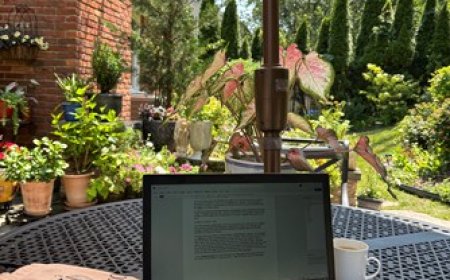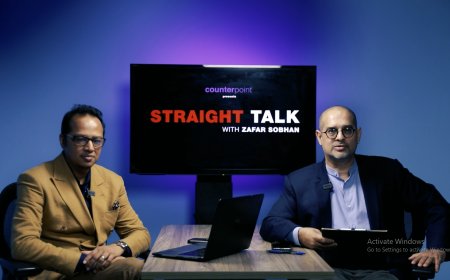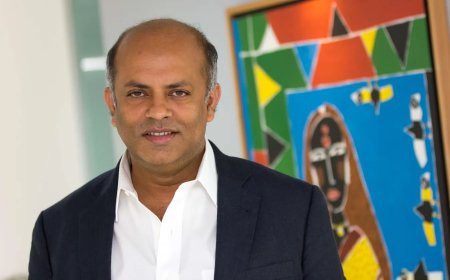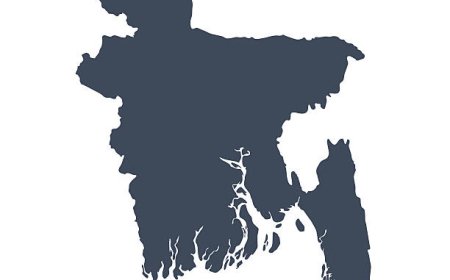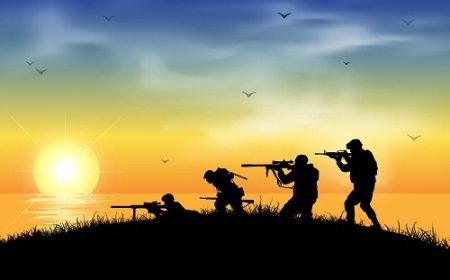The GCC Makes it Move
The reason that proxy militancy is being dismantled is simple. It is no longer useful in the new world order. This is just the first step in the rise of the GCC as it takes its seat at the big table.
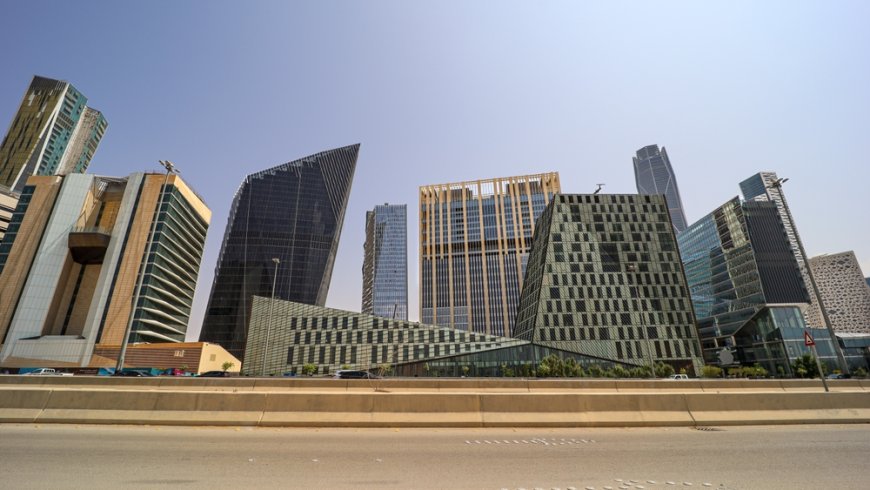
Under Saudi Arabia’s leadership, the Gulf Cooperation Council (GCC) is gradually establishing itself as the regional hegemon.
Once upon a time, Islamic militant groups were useful to the GCC because regional powers were fragmented.Through such militancy, the Gulf states could project their influence across the region.
But today’s reality is different.
Now the GCC, BRICS, TPS (Transnational Private Sector -- in short, non-national capital based in the United States), and even Iran are aligning. In this new alignment, proxy militancy is no longer an asset -- it’s a liability. It blocks normalization, investment, and trade stability.
The Elimination of Old Proxies
Recently, there was a decapitation strike on Houthi leadership -- and it happened without triggering regional chaos. The same thing happened with Hezbollah.
The message is clear: the process of reducing liabilities has already started.
Pressure is also being placed on Hamas to integrate into a “post-war Gaza governance structure.” In Iraq, the Popular Mobilization Forces (PMF) are being legalized so that militias can merge into state institutions. Syria is trying to pull the SDF and other armed groups into state control. Israel is conducting precision strikes against Hezbollah leadership and infrastructure in Lebanon.
Hezbollah, once a useful proxy, has now become a burden -- a problem for both Israel and the GCC’s normalization efforts. Dried up Iranian support is making them communicate with the Saudis.
Israel’s Role and the Shift in Strategy
Israel no longer wants a broad regional war. Its goal is specific -- to eliminate liabilities, not for itself alone, but for the GCC, BRICS, and TPS as well.
Once, Israel thrived because of the existence of the Axis of Resistance. Those militant groups used to be growth assets for Israel -- justifying defense buildup and external support.
That era is over.
Now, the entire focus is shifting from the optics of war to the optics of investment and normalization. Whether the proxies are truly destroyed or just appear to be destroyed doesn’t matter much. What matters is that their leaders are being eliminated.These deaths and decapitations indicate that the biggest obstacles are being removed.
This process is preparing the region for a new phase -- where stability, not resistance, becomes the main agenda.
The New Reality: Stability Over Resistance
TPS wants control over sea routes, reconstruction contracts, and stable supply chains and to achieve this, it has partnered with the GCC in joint investments.
But proxies and militias stand in the way of those investments. So they have to go.
The GCC, on the other hand, wants regional legitimacy, leadership recognition, and freedom from international pressure. Militant proxies threaten all of that -- they go against the narrative of regional stability.
So this is not spontaneous peace, but a strategic theater -- a carefully staged process where liabilities (militants and their networks) are being selectively eliminated.
Militancy is either being absorbed into state institutions or erased through leadership liquidations. When the GCC and BRICS cooperate and TPS trade pipelines are at risk, militancy naturally transforms from an asset to a liability.
And this transformation will continue. Proxies will either be integrated into the state or deleted out of existence.
How GCC Used Proxies Smartly
Those who have been watching closely know that Iran’s proxies had already started operating under GCC guidance long ago.
During 2023-24, the Red Sea attacks happened exactly when the GCC wanted to pressure Israel -- but without direct confrontation.
These attacks were part of a controlled instability strategy.
They helped the GCC:
● Gain leverage in commercial negotiations
● Push up energy premiums in global markets
● Attract international mediation
● Prove that the GCC could control proxies when it wanted
In short, the Houthis were a bargaining tool -- tolerated as long as they were useful.
But once the GCC achieved its goals -- Saudi–Iran rapprochement, BRICS membership, bloc insulation, and recognition by TPS as a “stabilizer” -- Houthis turned from asset to liability.
A proxy is never a permanent asset. It is sometimes leverage, sometimes liability.
The Two Phases of the Houthi Story
Phase 1 (2023-24): Silent tolerance by the GCC -- Houthis used as a tool to pressure Israel.
Phase 2 (from 2025 onward): As GCC-BRICS-TPS coordination grows, Houthis will either be cut off or absorbed into formal structures.
Israel’s Internal Theater
Now let’s look at Israel.
Prime Minister Netanyahu is not just a politician, he’s a colony operator.
His goal is not to preserve Israel as a state but to secure himself under the umbrella of TPS legally, financially, and institutionally. This means his personal survival is separate from Israel’s hegemonic survival.
The far-right members of Israel’s cabinet are the biggest obstacles to this process.They disrupt GCC coordination, expose the brutality of Israel’s actions, and create a legitimacy cost for the entire bloc.
As Israel slowly transforms from a “colony” to a vassal, these extra, radical elements will have to be removed.
The TPS Plan: Rebranding Through Controlled Reform
TPS’s plan is clear : sacrifice the most radical figures and stage a new “moderate” political theater.
Steps already visible (and more to come):
● Israel’s judiciary and media are emphasizing corruption cases to weaken far-right politicians.
● TPS-controlled media outlets are portraying extremists not as protectors, but as destabilizers.
● Western pressure is now focusing only on far-right ministers, while Netanyahu is still being shielded.
That’s the theater.
The cabinet is being blamed, while Netanyahu is being kept as a “moderate statesman.”
After this, Israeli politics will be reshaped into a technocratic or centrist model, something that feels “manageable” to GCC and BRICS.
The media will say, “Israel’s democracy is correcting itself.”
In reality, it’s TPS’s liability pruning.
The Three Stages of the Process
Before removing the Israeli cabinet, the proxies must be removed. Otherwise it would look like foreign interference in government, thus delegitimizing the entire operation.
So the sequence is:
Stage 1: Eliminate proxies
Stage 2: Demand reforms inside Israel
Stage 3: Remove extremists and introduce new “moderate” faces, making it look like a return to peace
To the Western public, this will appear as a “peace story.” But in reality, it’s a liability divestment cycle.
The Optics of Normalization
How eliminating proxies is easier:
● Their funding can be cut
● They can be absorbed into state institutions
● Or their leaders can be assassinated, while the world watches a “drama of reform”
This is how normalization is manufactured.
The biggest truth is that optics matter more than bodies.
Israel might still occupy some land, expand corridors, or annex villages -- but that doesn’t change its strategic decline. The real assets -- ports, LNG flows, trade corridors -- are all financed by GCC, BRICS, and TPS money. Eventually, Israel too will have to operate under this larger structure.
The Final Scene
Proxies will be removed one by one. Governments will be restructured. And the entire play will be titled “Regional Peace.”
What's Your Reaction?














